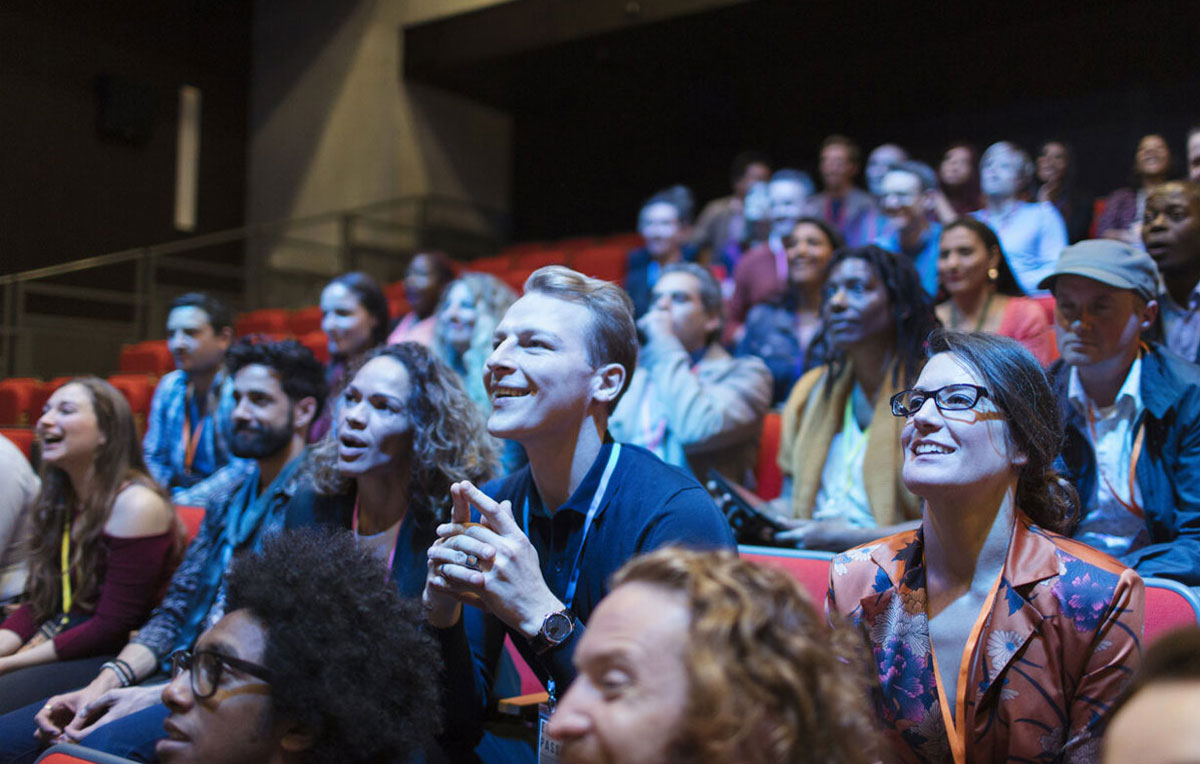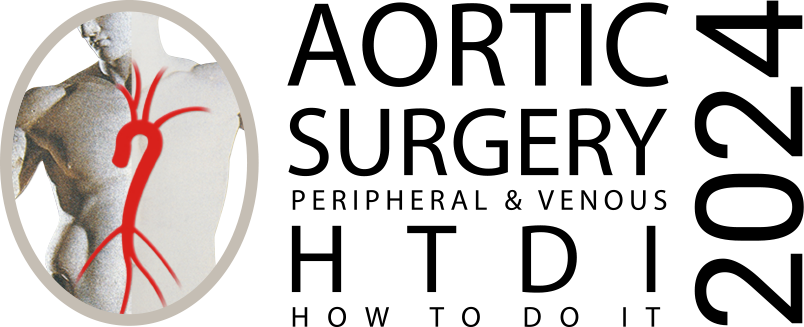
| Topics | Speakers | Time | Venue |
|---|---|---|---|
| AORTA AND PERIPHERAL ARTERIES | 13.45-14.47 | Session 22 | |
| EDITED VIDEO CASE | 13.46 | ||
| Update on BeGlory registry with >300 CERAB cases | 13.51 | ||
| CERAB in 2024: how to do it? The next step | 13.57 | ||
| DEB in peripheral arterial angioplasty: state-of-the-art and indications | 14.03 | ||
| Durability of FEVAR over 20 years – is it getting better? | 14.09 | ||
| Endovascular treatment of obstructive aorto-iliac lesion with covered stent | 14.15 | ||
| Long-term outcomes after treatment of femoro-popliteal disease with paclitaxel-eluting stents: a multicenter real-world study | 14.21 | ||
| Discussion | 14.27-14.34 | ||
| KEYNOTE LECTURE | 14.35-14.47 | ||
| AORTIC PROCEDURES | 14.50-16.02 | Session 23 | |
| EDITED VIDEO CASE | 14.51 | ||
| Type III endoleaks: prevention, diagnosis, treatment | 14.56 | ||
| Treatment option for juxta and pararenal aneurysms. Results of a muticenter study and meta-analysis | 15.02 | ||
| Abdominal aortic aneurysm in women | 15.08 | ||
| Renal branches x-crossing outcomes in endovascular treatment of aortic aneurysms using off the shelf branched graft | 15.14 | ||
| Midterm results on iliac branch devices for aorto-iliac or isolated iliac aneurysms: the experience from a multicenter south Italy registry | 15.20 | ||
| i-BEVAR off the shelf device in chronic aortic dissection with narrow true lumen | 15.26 | ||
| Comparative long-term results and cost-effectiveness of iliac branch endoprostheses procedures | 15.32 | ||
| Discussion | 15.38-15.49 | ||
| KEYNOTE LECTURE | 15.50-16.02 | ||
| Flow Limited Iliac Artery (FLIA) | 16.05 -16.29 | Session 24 | |
| Iliac endofibrosis in cyclists (FLIA), new findings and perspectives in diagnosis and follow-up using thermography | 16.06 | ||
| Surgical technique options for FLIA | 16.12 | ||
| Surgical treatment of FLIA: from operation to Olympic gold | 16.18 | ||
| Discussion | 16.24-16.29 | ||
| COMPLEX AORTIC ANEURYSMS | 16.30-17.37 | Session 25 | |
| EDITED VIDEO CASE | 16.31 | ||
| EDITED VIDEO CASE | 16.36 | ||
| Open repair of juxtarenal aortic aneurysm repair | 16.41 | ||
| Value of standardized chimney technique for juxtarenal aortic aneurysm repair: indications, limits, and results | 16.47 | ||
| Best choice in bridging stent-grafts for branches | 16.53 | ||
| Semi branches: new alternative for the treatment of the complex aortic aneurysms | 16.59 | ||
| Physician modified endografts – when, why and how? | 17.05 | ||
| Bailout strategies after failed BEVAR or PMEG with chimneys and periscopes | 17.11 | ||
| Discussion | 17.17-17.24 | ||
| KEYNOTE LECTURE | 17.25-17.37 | ||
| DIFFICULT PROBLEMS AND SOLUTIONS | 17.40-18.34 | Session 26 | |
| EDITED VIDEO CASE | 17.41 | ||
| New interwoven double mesh nitinol stent for femoro-popliteal disease: preliminary results from the CURRENT registry | 17.46 | ||
| The true significance of Type II endoleaks | 17.52 | ||
| Tips and tricks for removing infected aortic endografts | 17.58 | ||
| Extensive pulmonary resections with great vessels involvement | 18.04 | ||
| The endoluminal treatment for challenge anatomy of the AAA | 18.10 | ||
| Endovascular repair for popliteal artery aneurysm with a non specific device | 18.16 | ||
| Genicular arteries embolization for refractory pain treatment | 18.22 | ||
| Discussion | 18.28-18.34 | ||
| TYPE B AORTIC DISSECTION AND EVAR | 18.35-19.29 | Session 27 | |
| EDITED VIDEO CASE | 18.36 | ||
| Management of Type A DAA with malpersuion: how to improve survival | 18.41 | ||
| Insight from an Italian Delphi Consensus on EVAR feasibility outside the instruction for use - The SAFE EVAR Study | 18.47 | ||
| Long-term results of F/BEVAR in young and fit patients: are we facing a new gold standard for patients with complex aortic aneurysm? | 18.53 | ||
| Renal prefusion for complex abdominal aortic aneurysm open repair | 18.59 | ||
| Gender-related differences in Type B aortic dissection | 19.05 | ||
| Preliminary outcomes of chronic Type B aortic dissections treated with fenestrated stent-graft | 19.11 | ||
| Hybrid technique for arterial closure on large bore introducers | 19.17 | ||
| Discussion | 19.23-19.29 | ||
| Closing remarks | 19.30-19.35 |




































